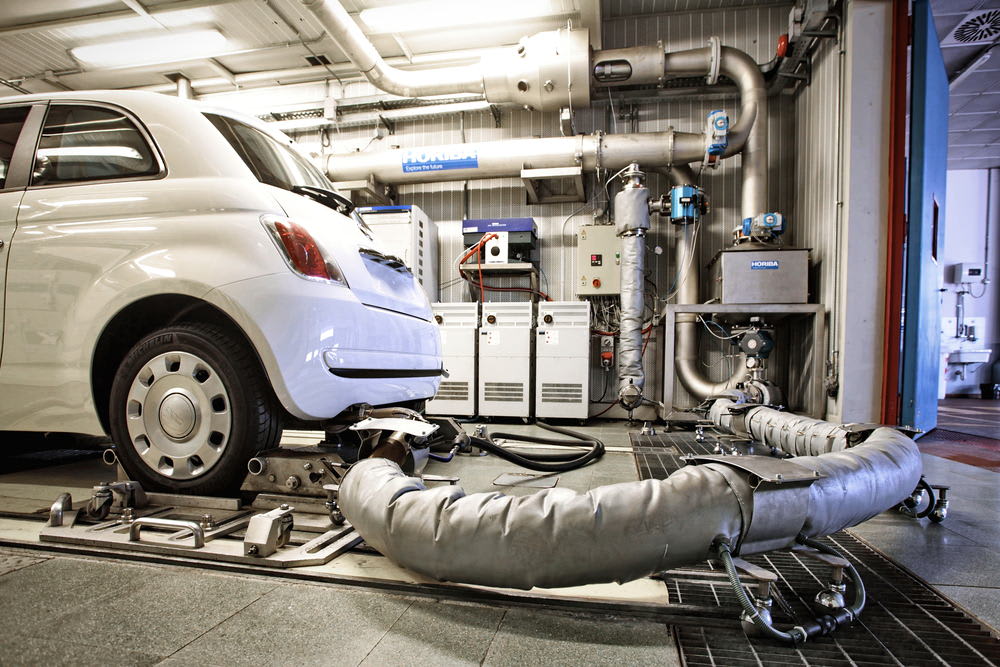

Emissions testing is quickly becoming the norm across the US as more and more states and counties realize the need to control and monitor emissions and air quality. However, the process for testing emissions can be confusing (and it varies depending on your location, as well as the age of the car you’re driving). How is your car tested for emissions?
OBD system
The vast majority of testing facilities use your car’s On-Board Diagnostics (OBD) system for all or the majority of the tests. Of course, this varies from one location to another, and your test may include more than checking the OBD system.
To check the system, a testing professional will connect your car’s computer to a diagnostic scanner. This scan tool is more powerful than those available to consumers, and can provide a great deal of information about your car’s engine and exhaust system, as well as vital emissions components. After checking the OBD system, the testing professional will either pass or fail your car. However, there may be another test required.
Tailpipe testing
Tailpipe testing is done to measure the gases produced in your vehicle’s exhaust. Your car may or may not need a tailpipe test – the test operator will tell you if it’s required for your car. This is an important test because 1) your car’s OBD system does not monitor gases, and 2) your car may be older than 1996, and may not have an OBD II system.
Gas cap testing
Some vehicles require a gas cap test. This is a test to determine if the gas cap is sealing correctly, or if the seal has deteriorated and gas fumes are escaping from the tank, which is an additional source of pollution.
Visual inspection
Your vehicle may also require a visual inspection of the exhaust system. Again, the test administrator will tell you if a visual inspection is needed. This test is conducted to determine the physical condition of your exhaust system components, which can be damaged by impact, as well as exposure to salt, water and temperature fluctuations.
Your emissions testing process will vary depending on where you live in the nation, as well as the age of your vehicle. If you live in a very rural area, or if you drive a hybrid or electric vehicle, you may not need emissions testing at all. Check your state’s Department of Transportation or Department of Motor Vehicles websites for more specific information.



